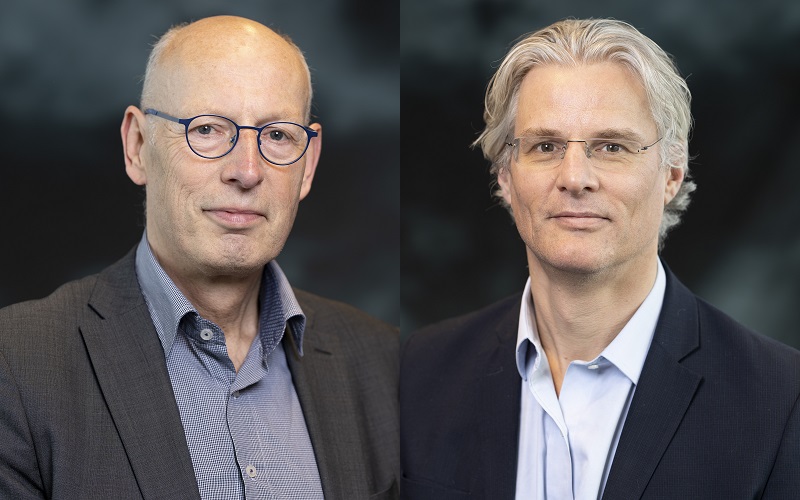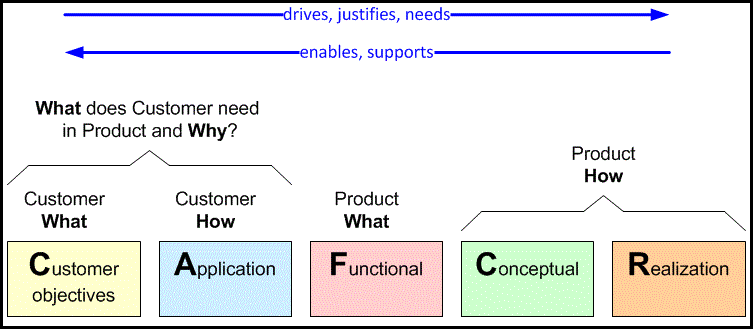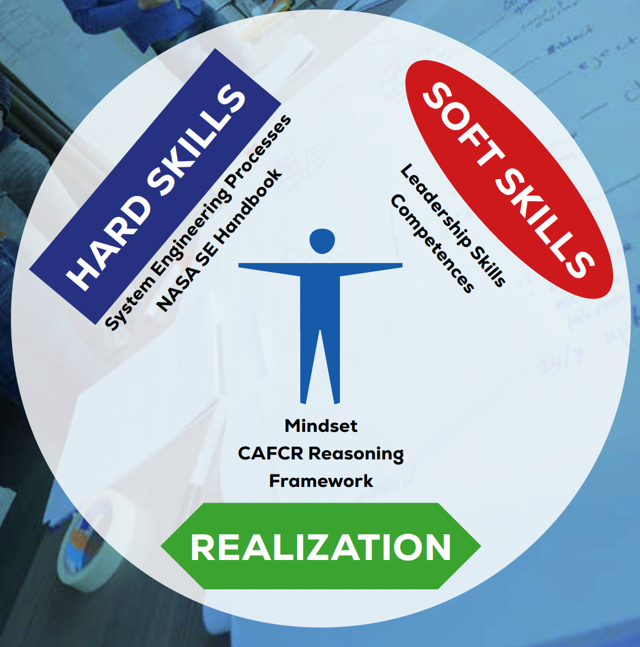Ger Schoeber & Jaco Friedrich - Trainers
High Tech Institute is launching an intensive System Architecting Masters (Sysam) training program for system architects and systems engineers. Ger Schoeber and Jaco Friedrich offer aspiring professionals a robust nine-month program of training and coaching on their own projects.
Central to the new System Architecting Masters (Sysam) program are the current projects of participating system architects and system engineers. “The goal is both to contribute to the competence growth of participants and, at the same time, to add value to the participants’ ongoing projects,” says Ger Schoeber, who has been training system architects for more than 20 years.
Schoeber likes to put his nose to the grindstone. He works four days a week at Lightyear as a group leader and domain expert in systems engineering and spends one day on another passion: his systems training courses at High Tech Institute. “It’s very nice to help people grow in their experience through training,” he says. “The satisfaction for us as a training institute is even greater when we see direct effects in the improvement of actual industrial projects.”
Schoeber teaches Sysam together with Jaco Friedrich, who as a full-time trainer of leadership skills mainly sees technicians. Friedrich has trained several thousand professionals in high tech. “High-tech companies recognize effective communication, giving feedback and influencing without power as essential skills of the system architect,” he says.

Ger Schoeber (left) and Jaco Friedrich (right).
CAFCR and NASA
The nine-month Sysam program consists of three intensive training blocks of four days each, with several months in between for assignments on the job, coaching and intervision. Guest speakers share their extensive experience in system architecture, systems engineering and complex development. Half of the training consists of essential systems engineering and system architecting topics. Schoeber draws on two sources, Gerrit Muller’s CAFCR framework and the NASA Systems Engineering Handbook.
“CAFCR is all about putting yourself in the shoes of the customer and stakeholders, looking at the system architecture from five perspectives,” explains Schoeber. “Only two of them are about technology, about the solution. The other three are about the customer perspective. That, in my experience, is where the great value of the CAFCR framework lies.”
“The functional view, the F from CAFCR, is about the specification, the requirements: what does the customer actually expect from the product or what do the stakeholders expect from the system, regarding functionality, quality and performance? The application view, the A from CAFCR, requires you to look at the broader context. In which environment is the future subsystem or system located? How will it be integrated, deployed, used, and so on? If you have a good picture of that, then you understand what is or isn’t useful. That enables you to better align the requirements with the actual need.”
'CAFCR allows us to come up with solutions that will help customers even more. '
The first C in CAFCR is all about customer objectives. “What’s his business? How does he make his money? What’s the reality of his customer or the colleague who’s going to integrate my subsystem? If you understand that better, you can better see what he needs to improve his business. CAFCR forces us to not only look at the technology but also at the specifications and the rationale of the requirements. It allows us to come up with solutions that will help customers even more.”

The CAFCR model by Gerrit Muller: www.gaudisite.nl
In addition to CAFCR, Sysam uses the NASA Systems Engineering Handbook. “A systems engineering handbook provides guidance on how to set up, roll out, complete and execute activities in a product creation process,” Schoeber points out. “Developers often use the V model, with on the left side the system definition – from concept of operations, requirements, architecture, design to engineering – and on the right side the system realization – from engineering to integration, verification and validation. NASA’s recently updated systems engineering manual takes this approach and also very frequently integrates short-cycle feedback loops, which is also the basis of agile thinking. The latest revamp has also made it very accessible, readable and applicable.”
Practice in practice
The other half of the training consists of intensive exercises with practical situations, such as convincing stakeholders and being able to turn resistance into buy-in. Friedrich: “Practice takes time. When engineers experience it in a training course, they immediately see the value. The added value is in the experience. What seems easy on paper is not at all easy in practice. By practicing, participants step out of their comfort zone and actually experience how things can be done differently. This gives them self-confidence and motivation to apply it immediately. And it turns out that this practical approach also successfully results in participants doing their work differently. After the training, they often say that they should have done it much earlier.”
'It’s about learning to deal with risks. So, leadership instead of science. '
One of the typical pitfalls that Friedrich deals with while training is daring to take a position, even though not all the facts are known yet. “It’s about learning to deal with risks. So, leadership instead of science. This also includes the ability to manage a team. How do you make time to deal with the big picture? The ability to delegate tasks and responsibilities in an inspiring way is a prerequisite for further growth. Influencing stakeholders and setting parameters take time and mental space. The architect must learn to create this space for himself.”

There are several months between the three training blocks of four days. During this time, Schoeber and Friedrich coach the participants. Intermediate sessions are also planned where the trainees share experiences.
To guarantee quality, the number of participants in Sysam is limited to a maximum of twelve. This also ensures that participants can effectively share experiences about their projects. Because everyone is engaged in their own practice from the beginning, the training program is effective from day one. “This means that they recoup their investment in the very first year,” says Schoeber. “After that, it’s all profit.”
This article is written by René Raaijmakers, tech editor of Bits&Chips.
